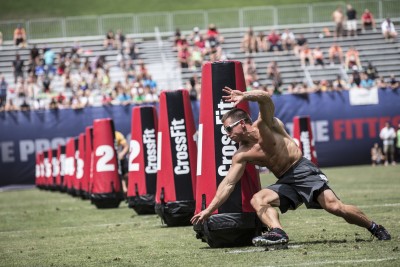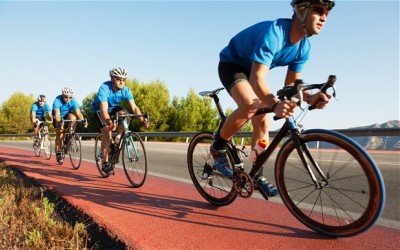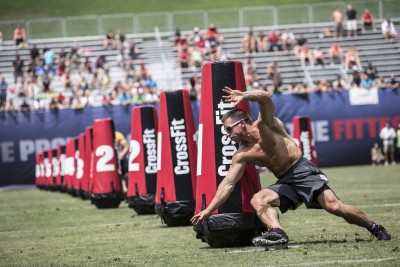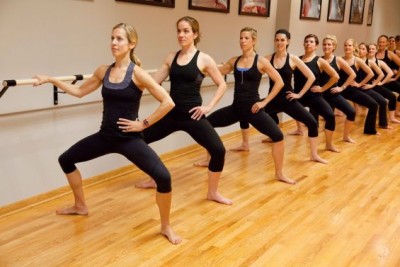

Nilkanth Doke
Bio
Refuse to Lose!!
Interests
Athletics
Middler
Boxing
Challenger
Cricket
Challenger
Kick boxing
Challenger
Media






Post
Nilkanth Doke
Dec 17, 2016


Nilkanth Doke Like to run always!!
Nilkanth Doke Running just might be the most convenient workout going. You don't need to be a skilled athlete, and there's no fancy equipment involved; just lace up your sneaks and go. It's also one of the most efficient ways to blast fat and burn calories?about 600 an hour. Sure, walking has its benefits, but research shows that running kicks its butt when it comes to shedding pounds. One recent study of 47,000 runners and walkers, from the Lawrence Berkeley National Laboratory in Berkeley, Calif., found that the runners burned more calories and had a far greater decrease in BMI over a six-year period. The joggers who started out heaviest (those with a BMI over 28) lost up to 90 percent more weight than the walkers did. "Runners are more likely to stay at a steady weight than those who do other forms of exercise, and they're more efficient at losing pounds when they need to," notes Paul T. Williams, PhD, the lead researcher of the study. One simple reason: The higher your workout intensity, the more postexercise calories you continue to burn. Dropping pounds and toning up are hardly the only benefits of this killer cardio workout: You'll also reduce your risk of heart disease and diabetes, boost your mood, temper stress and build muscle, especially in the lower body and core. You don't even need to dedicate a lot of time to reap these rewards; do 20 to 30 minutes, three to four days a week, and you'll see significant improvement. Ready to hit the road? Follow the plan that best suits your running level. Whichever you go with, add in one day of cross-training (think cycling or swimming) to rev up calorie burn and help prevent injury. Soon enough, you'll feel as if you were born to run. If you're a beginning jogger Your stats: You're new to running and generally don't work out consistently. The goal: By the end of 10 weeks, be able to run for 30 minutes straight?and build up to a 5K challenge. Your coach: Susan Paul is an exercise physiologist and training program director at Orlando Track Shack Fitness Club in Orlando, Fla. The plan Very flexible, it involves a combination of run/walk intervals three days a week. Start with three minutes of running and one minute of walking for a total workout of 12 minutes. As you get fitter, increase the running by one or two minutes, and decrease the walking. By Week 8, you should be running without any walking. Your ideal pace? One where you can carry on a conversation, but still feel like you're doing a brisk walk. Find the full plan here: Beginner 5K Training Plan Train smarter! 1 Start off on the right foot. Making a small investment in gear now will save you loads of aggravation later?you'll feel more comfortable and avoid aches. "A good pair of running shoes can help ward off injuries like knee pain," says Paul. Get a gait analysis at your local running store (it's usually free) to help determine your ideal shoe type. 2 Stop side stitches. Beginners are often plagued by this cramp, which strikes like a boxer's body blow and happens when an overworked diaphragm begins to spasm. To ease the pain, slow down and forcefully exhale each time your opposite foot strikes (so if the stitch is on your right side, breathe out when your left foot comes down). It also helps to massage the area with two fingers. And don't eat too much before you head out; a full stomach can be a culprit. 3 Think tortoise, not hare. "The biggest mistake most new runners make is they start out way too fast," says Paul. "It takes time for your body to get used to the demands of running. You have to condition your muscles, ligaments, tendons and bones, not just your heart and lungs." No matter how tempted you are to push yourself, don't. Slow and steady wins the calorie-burn race!
Mukesh Chaudhary Yes, agreed